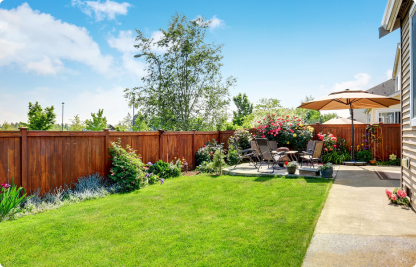I love making shabby-chic furniture. You get a brilliant historic look in hours instead of years, it saves good furniture from the skip and its cracking fun to do.
What’s not to like?
To share this passion with others, I’ve written this ‘How To..’ to guide you through the process and show you just how easy it is to achieve a quality shabby-chic look with nothing more than a few bits of kit and your own hands.
Things You Will Need
One piece of furniture you wish to improve.
One screwdriver (and possibly some pliers).
Some sheets of sandpaper.
A roll of masking tape and a pair of scissors.
A pot of primer or undercoat (technically optional but I recommend it).
One pot of paint (I tend to use water-based acrylic eggshell).
Some paintbrushes.
Uncoloured furniture wax.
A cloth.
Step One – Prepare
Remove all the handles from the drawers and lids – you don’t want the paint on the metalwork. Usually there’s a small bolt so have a look at the reverse side to see where it’s attached then undo it with a screwdriver. Set all the parts aside somewhere safe since you’ll need them later.
Now you’ve got lots of holes where the screws were. You don’t want the paint to get in here or the handles won’t fit back on, so take some wax and work it into the holes until the plug is flush with the wood.
Step Two – Protect
It’s about to get a bit messy so take your furniture somewhere you don’t mind spilling a bit of paint. For a bit more protection you can put a layer of plastic or newspaper down to catch any stray drips.
Step Three – Scrub
Get some fine sandpaper and start to sand the surfaces on your piece of furniture that you want to paint. Use fine sandpaper so you don’t break the grain and pull off shards of wood. This step is designed to roughen up the surface so that the paint will stick toit.
Once you’ve roughened up the areas to be painted, take a damp cloth and wipe off all the dust.
Step Four – Tape
Use masking tape to create borders between areas you want painted and those you want to keep original. I usually keep paint off things like mirrors, gilded designs and any surface that slides.
Step Five – Prime
If you’ve chosen to use a primer, brush on an undercoat and leave it to try. It’s often a bit tricky to find primer that is similar in colour to your finish so people often ignore this step.
However, an undercoat creates a really sturdy base for your top coat so I’d really recommend you use one. If you can’t find a similar colour, use a neutral base that will blend easily.
Step Six – Paint
Once your primer is dry, it’s time to paint! Paint all the exposed surfaces and make sure you get into every nook and cranny. Instead of one heavy coat, I like to use multiple thinner coats as it gives a much smoother finish.
Step Seven – Leave to Dry
Leave your furniture somewhere warm until the topcoat has dried thoroughly. Once it’s dry, remove all your masking tape borders and admire your handiwork.
This step is about as interesting as watching paint dry! (Sorry.)
Step Eight – Distress
It’s a lovely job you made of the painting. Now it’s time to sand it off! Start by using a rougher sandpaper and work the edges, corners and pronounced woodwork. (Think about which bits stick out and would get worn down naturally.)
Once you’ve defined all your patches of wear, use a finer sheet to help blend it into the the rest of the paint.
When you’re happy with your distressing, use a damp cloth to wipe off all the excess paint dust.
Step Nine – Protect
Your debut shabby chic furniture looks lovely, so let’s keep it that way. Rub a thin layer of furniture wax into the entire surface. Pay particular attention to any pieces of exposed wood. When you’re done, leave it to dry.
Step Ten – Enjoy
You’re done! Find a home for your new piece of shabby chic furniture and enjoy your handiwork.


